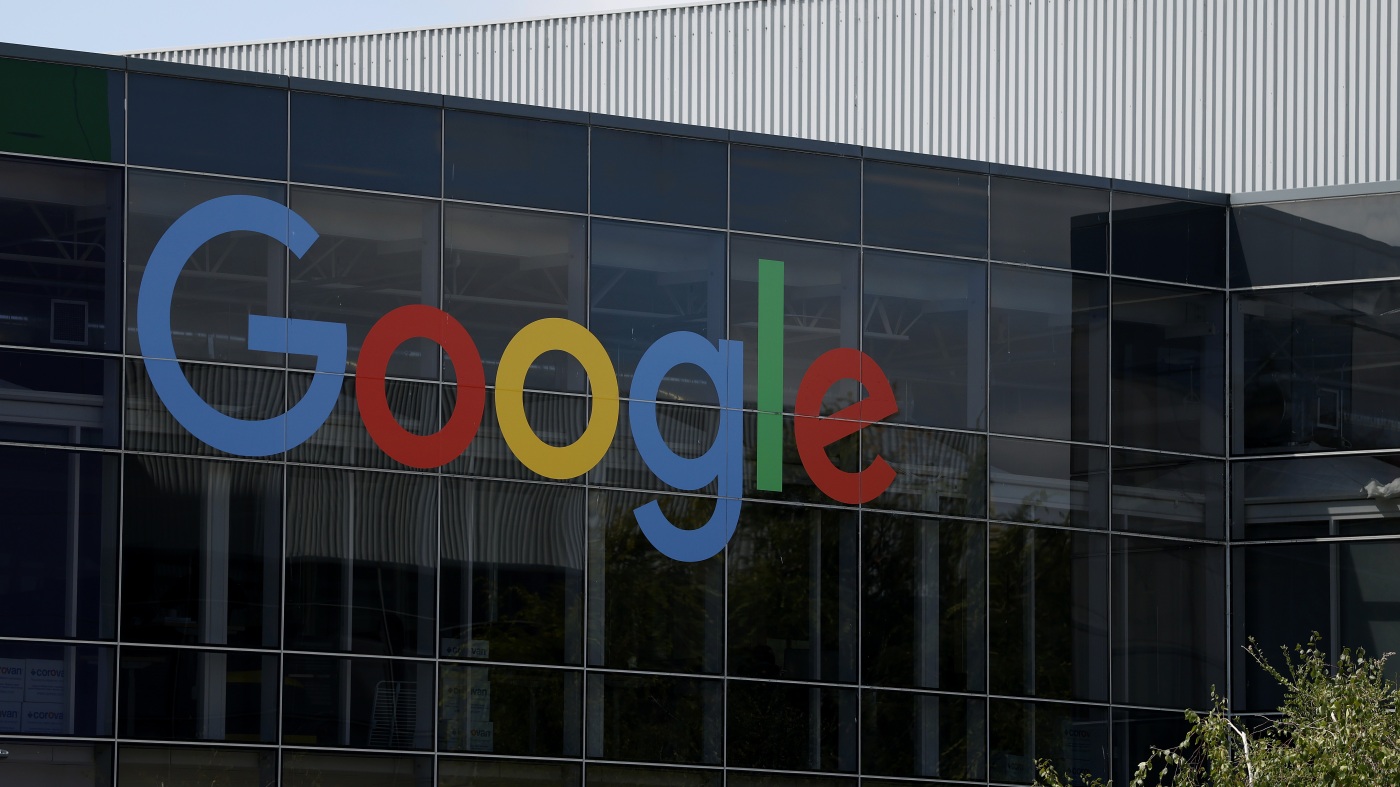The trading accounts of US banks topped $1tn in the third quarter — their highest level in more than 16 years and close to an all-time high — as the nation’s largest financial firms seek to profit from rebuilding their market-making businesses.
That growth has at the same time left the banks, particularly the largest ones, more exposed to market moves than at any time since the financial crisis as they hold ever-greater inventories of price-sensitive securities.
Their trading accounts last peaked at just over $1tn, slightly higher than today, in the first quarter of 2008, according to industry tracker BankRegData. That was just a few months before the bursting of the housing bubble that led to a credit crunch, cratered markets and sent the US into a significant recession.
“You see the cash that the banks had sitting on the sidelines flowing recently into their trading books,” said Bill Moreland, who runs BankRegData, which compiled the trading data from the bank’s regulatory filings with the Federal Deposit Insurance Corp. “It is a bet on financial assets, rather than say lending or the economy, because that’s where they see the returns.”
Trading was a key source of the bank instability that contributed to taxpayer-financed bailouts in the financial crisis, as desks took proprietary directional bets that turned against them. After the crisis, lawmakers adopted rules that prohibited banks from speculating with house money and required that trading facilitate client business.
Nearly all of the trading activity in the US banking industry remains concentrated at the nation’s largest banks. The biggest is JPMorgan Chase, which had $506bn, roughly half the industry total, in its trading account at the end of the third quarter, up from $329bn at the beginning of the year, according to its FDIC filings.
But all of the big lenders, including Citigroup, Bank of America and Wells Fargo, have boosted their trading assets this year, according to data logged with the FDIC.
Trading accounts at Goldman Sachs and Morgan Stanley, which generate more of their income from Wall Street activity than lending, are the highest they have been in years.
The biggest jump, for all the banks, has been in plain-vanilla equity holdings. JPMorgan’s stock market traders held $190bn in securities, more than double the $85bn they had at the beginning of the year.
But bank trading desks also have increased their holdings of asset-backed securities. These have been among Wall Street’s hottest financing markets this year, such as bonds comprised of consumer debt like credit cards and auto loans.
Despite the jump in assets, executives and industry analysts say the banks’ trading businesses are significantly less risky than they were prior to the financial crisis.
They say much of the activity that the big banks carry out is either on behalf of their clients or to facilitate client trades. The Dodd Frank Act and other post-financial crisis legislation have made it hard for banks, as they once did, to make proprietary bets or to put their depositors funds at risk.
For example, value-at-risk — or VaR — assessments, which estimate how much a bank could lose in the market in any one day, in most cases stand at levels that are half of where they were before the financial crisis.
And while trading assets are up, they still only make up 4 per cent of the banking industry’s total assets, and about half of what they were as a percentage of assets back in 2008.
“Generally the business of banks these days is to sell the securities and investment to others, not to hold it themselves,” said Christopher Whalen, a veteran bank analyst at Institutional Risk Analyst. “But activity is up and can’t sell everything you want.”
Additional reporting by Joshua Franklin in New York.
































